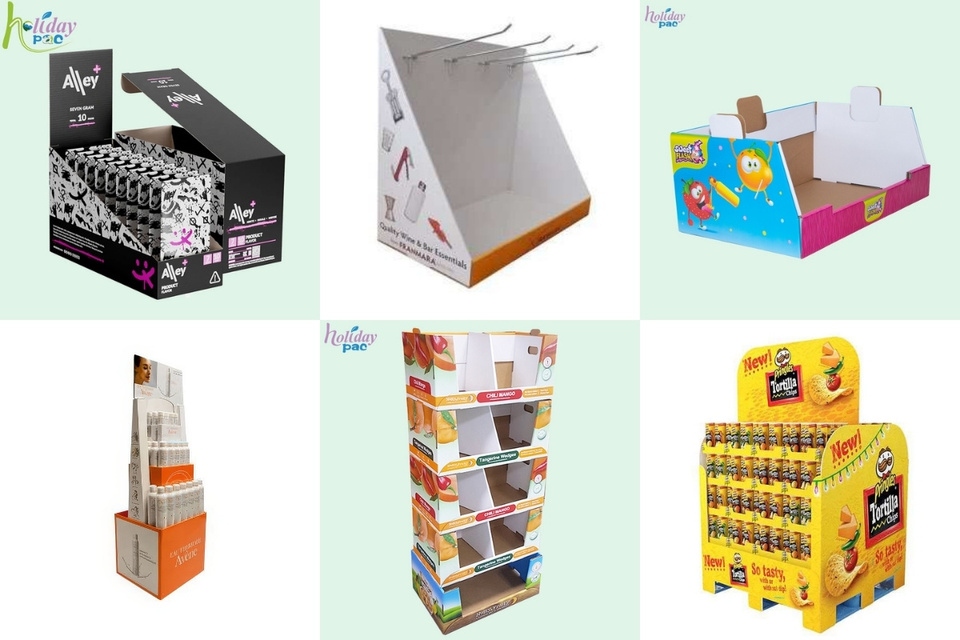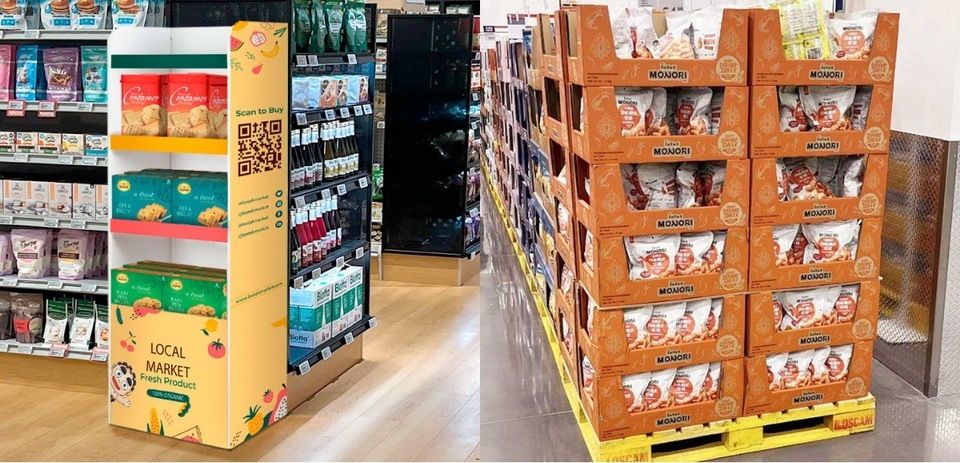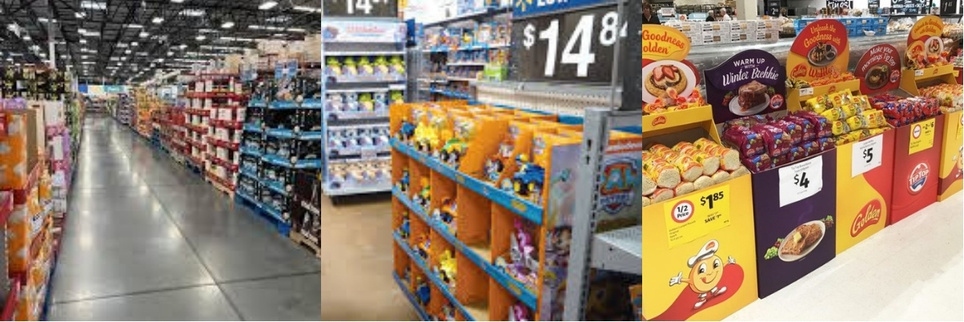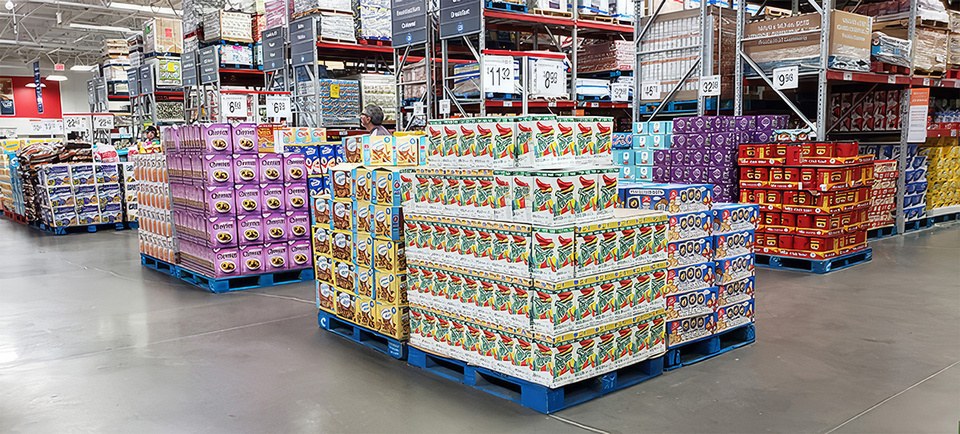
In the competitive retail market, the way products are displayed directly affects sales performance. Cardboard display boxes are an indispensable tool for wholesalers, distributors, brand retailers, and brands that supply to large retailers such as Walmart, Sam's Club, and Costco. These display boxes are not only used to display products, but also play an important role by improving visibility, attracting customers, and driving sales. This article will explore in detail the definition, types, benefits, customization options, and specific requirements of cardboard display boxes for major retailers.

Cardboard display boxes are lightweight, durable containers made of corrugated cardboard designed for product display in retail environments. They are suitable for shelf, counter, pallet or other prominent locations to display a variety of items from food and beverages to electronics and clothing. These display boxes are particularly important in high-traffic retail environments such as Walmart, Sam's Club and Costco because they attract customer attention, promote impulse purchases and enhance brand image.

There are many types of cardboard display boxes, each designed for specific retail needs:
| Type | Description |
| Floor Display Box | Freestanding display boxes are usually placed at store entrances or high-traffic areas and are suitable for promoting new or best-selling products. |
| Counter Display Box | Small display boxes placed on the cash register to entice customers to make impulse purchases at checkout. |
| PDQ Tray | Built on pallets for easy transport and setup, ideal for bulk product display in warehouse-style retail. |
| Dump Bin | Open containers where the product is completely visible, often used for promotional items or clearance sales. |

Benefits of using cardboard display boxes
Cardboard display boxes are favored by wholesalers and retailers for their versatility and cost-effectiveness:
Increase product visibility: Through strategic placement, display boxes ensure that products attract customer attention.
Attract customers: Eye-catching design and branding elements increase customer interaction and purchase likelihood.
Cost-effective: Compared to metal or plastic, cardboard display boxes are affordable and cost-effective.
Environmentally sustainable: Made of biodegradable materials, it is in line with green practices in the retail industry.
Highly customizable: It can be customized according to brand needs and retailer requirements to ensure a professional appearance.

The flexibility of cardboard display boxes makes them ideal for retail displays:
Sizes and shapes: From small counter displays to large tray displays, they can be adjusted to suit the product and space.
Design and printing: High-quality printing technology supports bright colors, brand logos and promotional information.
Material and surface treatment: Choose from different cardboard types and apply finishes such as matte, glossy or embossed.
How to Choose the Right Display Box
To choose the right cardboard display box, consider the following factors:
Product Type: Small products are suitable for counter display boxes, large or bulk products require pallet display boxes.
Retailer Requirements: Make sure the display box meets the standards of the retailer you supply to.
Target Audience: Design a display box that appeals to your target customers, for example, impulse buyers may respond well to counter display boxes.

Conclusion
Cardboard display boxes are a key tool for wholesalers and brands to increase product visibility and sales at large retailers such as Walmart, Sam's Club and Costco. By understanding the different types, benefits, customization options and specific requirements of retailers, businesses can create display solutions that meet brand needs and retail standards. Partnering with a professional packaging company ensures that all requirements are met to succeed in the competitive retail market.
Links